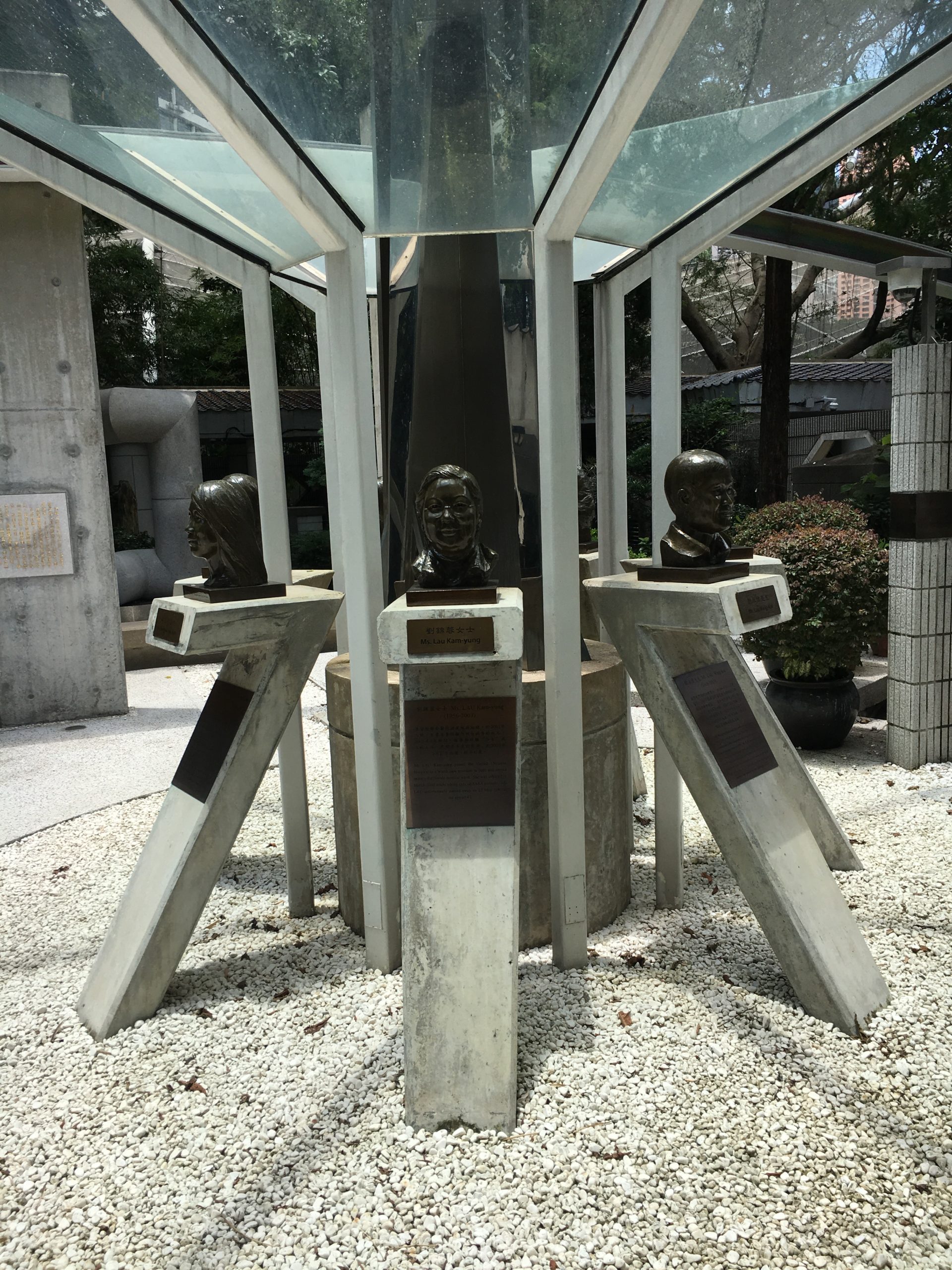
Even though it’s only been a few days, my last blog post is becoming out of date with amazing speed. This article in Eurosurveillance describes much of what we know to date. In Wuhan, China there is evidence that the corona virus outbreak is beginning to overwhelm the health care system. The New York Times has had disturbing videos taken from inside the hospitals, where dead people lay in the halls, and a patient begs a doctor to save her. He turns and strides away without a word. The South China Morning Post has incredible coverage of the outbreak. In one article, Mimi Lau described how desperately ill people were turned away from treatment at one overwhelmed hospital after another. Of course, it’s also important to note than in these hospitals, where health care workers are short on equipment, gloves, masks and medicines, people are still working to care for patients at great personal risk.
At the same time, it’s worth remembering that China has some of the best public health centers in the world, with outstanding epidemiologists, microbiologists and virologists. These experts have fought SARS and avian influenza. It’s not clear to me that the research centers in many other wealthy countries are better than their Chinese counterparts.
The Chinese government has banned the trade in wild animals. But it took similar measures with SARS in 2003, and then reversed its position. These markets have caused outbreaks of SARS, H5N1 and H7N9 influenza, and now this novel Coronavirus. The risks to these markets have been clear for a long time, as my own work has discussed. It is time to truly shut them down.
Scientific work has taken place with stunning speed. We now now that disease agent is a coronavirus, from the same family of viruses that cause SARS and MERS. There are also other coronaviruses in circulation, which cause respiratory infections. The failure to understand the difference between coronavirus strains has led to a proliferation of conspiracy theories, including one in which a patent on a coronavirus strain for a vaccine (as I understand it) has led to arguments that this outbreak was caused by a bioweapon. Such conspiracy theories -as I discuss at length on this blog and in my work- appear with every epidemic. Misleading articles have claimed that the actually vastly higher than has been publicly reported. Although Bill Gates is often a prominent figure in these conspiracy theories, the Bill & Melinda Gates Foundation has given $10 million dollars to help fight the virus. Overall, the science is moving forward quickly, and false reports on social media are being challenged.
New work has also emerged which suggests that the first patient may not have had any contact with the Wuhan Seafood market. This is important, because it suggests that the virus may have been circulating for some time. It’s also the case that the Wuhan Health Authority appears to have tried to conceal that there was an outbreak of a novel disease. This has led to widespread concern in Wuhan that authorities are concealing information about the virus. The major of Wuhan, Zhou Xianwang, created a firestorm on social media after he revealed that he did not inform the public right away about the outbreak, because he had to ask for approval to do so. At the same time, the Chinese state has taken extreme measures -such as quarantining entire cities- to control the epidemic.
Globally, cases of the new viruses have appeared everywhere from Brisbane, Australia to Toronto, Canada. In the United States, the first case appeared in Washington State, but a number have appeared since then. Most worryingly, a case has now appeared in Germany, where the virus has transmitted from one person to another. This is a significant moment in the outbreak, because it marks the point at which at true pandemic begins. In Canada, of course, many people in the Greater Toronto area remember the 2003 SARS outbreak. Understandably, many people in Toronto are deeply concerned about the presence of novel coronavirus cases within the city.
Of course the key question is what the future holds. To be clear, I am not a scientist, but a social scientist. I focus primarily on public policy and politics regarding infectious disease, not the medical science. But right now, there is deep concern in the scientific community, mixed with an equally deep commitment to not overreact. Professor Guan, who helped to lead the scientific work in China to identify SARS, has given a very bleak interview about the likelihood of this virus being controlled. As he is someone whose work I deeply respect, it’s worth reading his words. There is currently a heated war among scientists on Twitter regarding how infectious the virus is, which is governed by its reproductive rate (R_). Some of these discussions have lacked civility, and there is a great deal of fear about inciting panic. It’s also true that the R_0 is only a snapshot, and that human actions can change this number. One of the positive steps taking place is that academic journals are permitting preprints of articles in the field, and taking publications from out behind paywalls. The Lancet has an excellent collection of articles freely available on the outbreak. So there is a great deal of solid information available, but there is still too little that is known about this virus.
Still, the most recent information about the virus is not good. According to Chinese authorities and doctors, the virus is transmissible while the patient is asymptomatic. While this is not confirmed, if true this would make the virus much more difficult to control. An article in the respected journal Eurosurveillance suggests that many people may have mild cases of the virus. Of course a lower fatality rate is good, but this also makes it more difficult to distinguish the virus from influenza cases or even bad colds. The same article suggests that the mortality rate in hospitals is about 14%. Lastly, there is some emerging information (too early to confirm) that this virus may be spread by touch (such as touching droplets that have been sprayed onto a surface, and then touching one’s eyes) the same as many other respiratory viruses.
David Fisman, an epidemiologist at the University of Toronto, wrote a concise and thoughtful take on nCoV’s transmissibility. His bottom line- the virus should be controllable but it will take months. I think that it’s worth reading this piece carefully too.
Many people are asking how they can keep themselves and their families safe at this time. Laurie Garrett, a science journalist, has an article examining this issue.
Here also are a few key resources:
- this Chinese website contains the best data from China. Since it is in Chinese, I would recommend that people view it in Google Chrome to use the translate function. There is a case distribution table available in English.
- in the same way, this Chinese language website keeps track of myths and conspiracy theories about the outbreak. In my experience, the translation feature of Google Chrome does a good job rendering the page in English.
- this map of global cases by Johns Hopkins is an amazing and useful data visualization to track the epidemic’s spread.
If you look at any epidemic, you need to consider more than the disease agent in isolation. It’s also about human behavior and how the choices that people make impacts an outbreak. The R_0 is important to understand, but we need to focus equally on policy. This doesn’t just entail planning in the health care system. It’s true that in Canada doctors are complaining that they don’t have clear enough instructions about how to handle possible nCoV patients, and they want to see a plan for how to handle the surge in patients when their hospital beds are already beyond capacity. But it also is the case that individual families and people can make a difference, as can business leaders and politicians.
We’ll learn a lot about the virus over the next three to four weeks. If it does turn out that this becomes a true pandemic -which we do not know now- where possible institutions should begin to think about how to create as much social isolation as possible. Can people work remotely more often? Can workers create greater space between individuals within the work space itself? Can professors and universities move classes online so that their students can stay at home, and avoid crowded buses, subways and lecture halls? Can public schools think about digital learning days, where kids can stay at home for a period, but still continue their education either online or with home-based projects? Can business leaders think of ways to support employees working from home? Can people in the medical supply field look at their supply chains to see which medical supplies and medications are coming from China or abroad, and might suffer from disruption? Can new supply chains be found? Can new policies and existing technologies be used to help disinfect public spaces such as grocery stores, the post office, buses, and subways? It’s worth thinking about the fact that Hong Kong has already shut down the postal system. If we want to have these services available at some level during a pandemic, the planning needs to start now.
At a higher level, how will health systems that lack hospital beds plan for surge capacity? In China, they are building more than one hospital for coronavirus patients in six days. Whether or not they actually achieve that deadline, that won’t happen anywhere else. So what spaces might be usable and can be adapted? To be clear, we are not anywhere near the point where all this will be necessary. We will know more in several weeks. Perhaps -as with SARS- this outbreak will be brought under control in coming months. Perhaps this time next year nCoV will be extinct. But it is better to have planning in place and to never need it, rather than the opposite. That holds true for health care systems, governments, and individuals too. Unlike the authorities, doctors and people in Wuhan, China, we have had a warning and time to prepare.
As I said above, my own area of interest is public policy related to infectious disease. So of course I would focus on policy planning during an epidemic (near pandemic)? But we also have an opportunity now that could pass away quickly.
I have been studying Chinese now for four years. Some of my former teachers have returned to China. I have a deep love for the Chinese language and culture. My thoughts right now with all the people in Wuhan and elsewhere in China who are dealing with this terrible situation.

